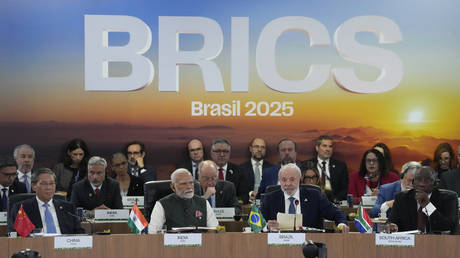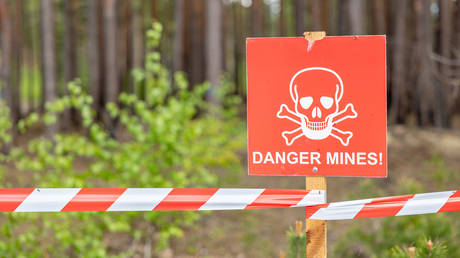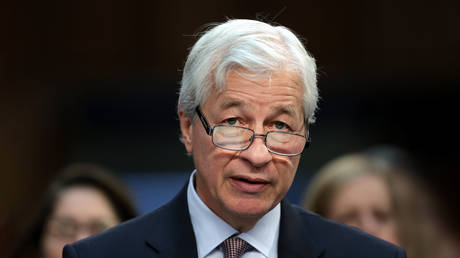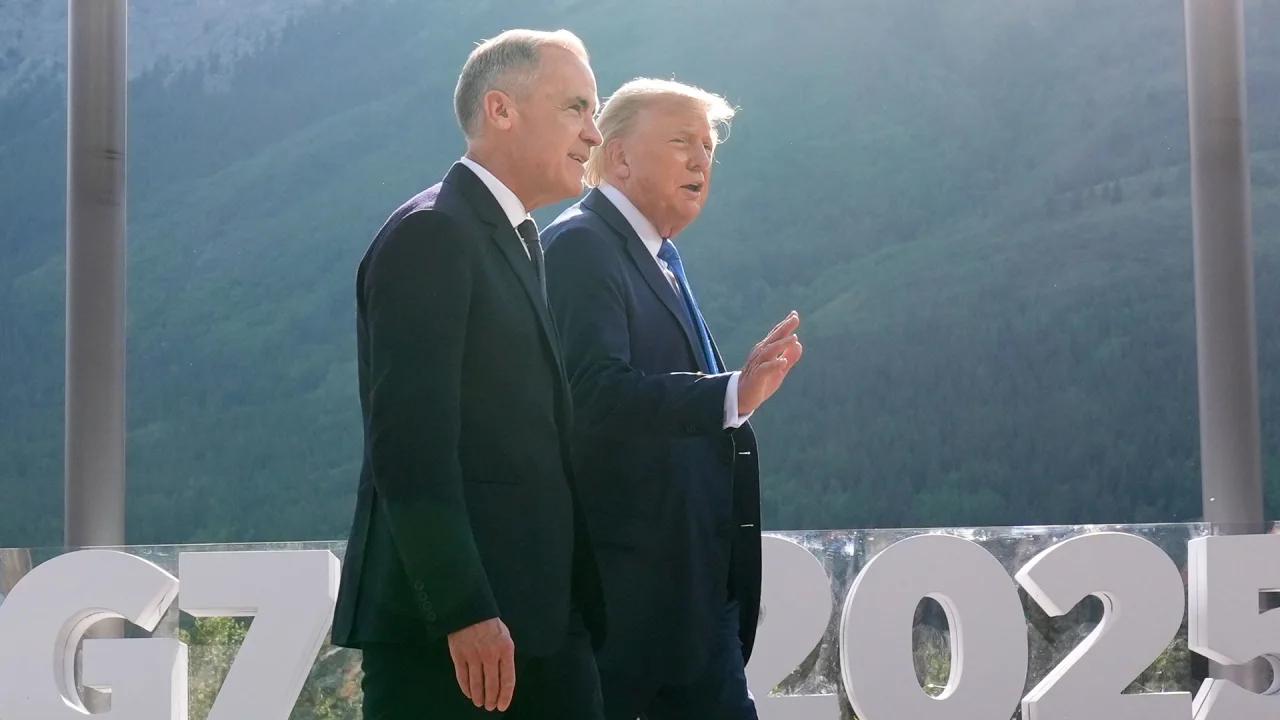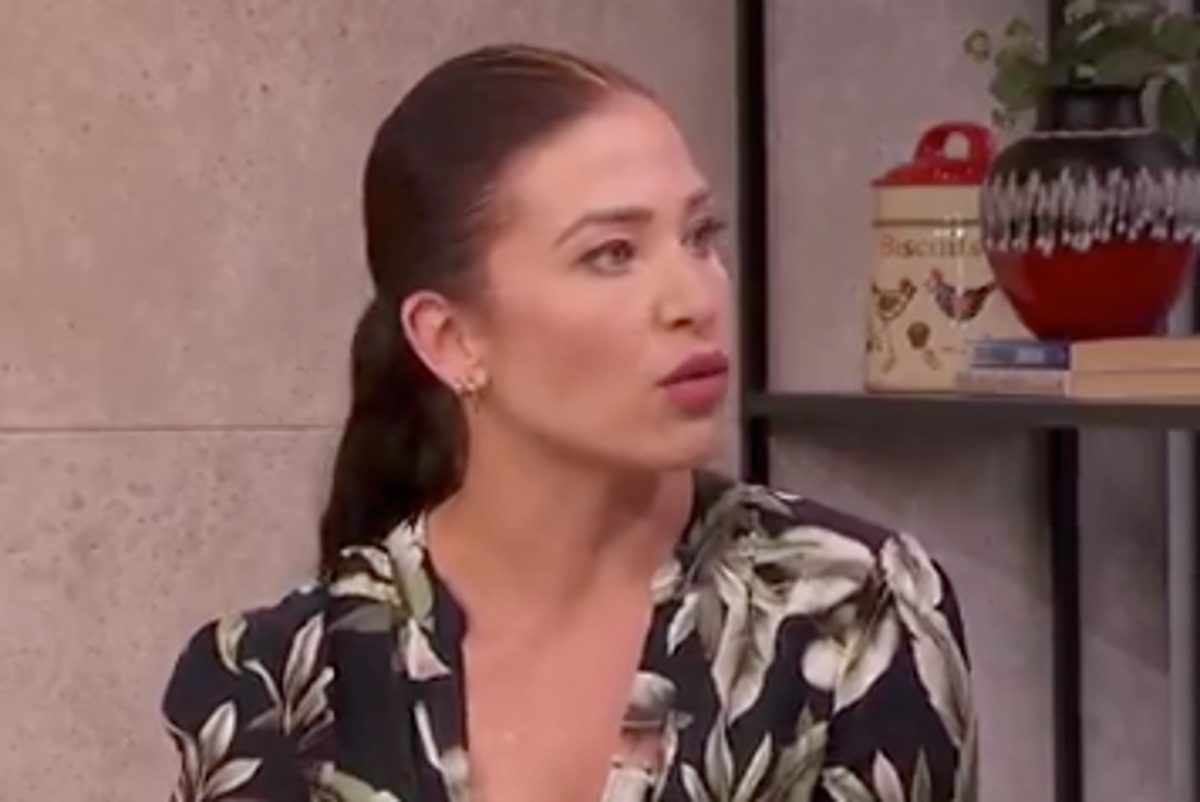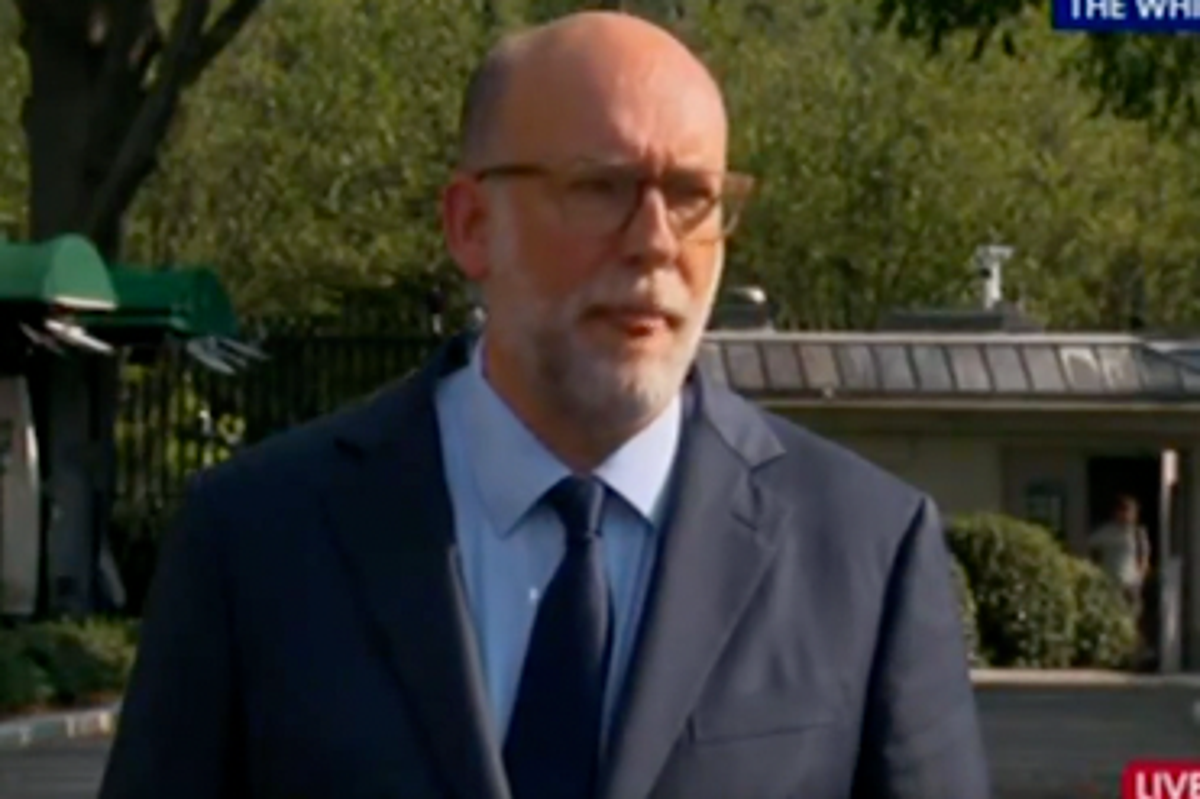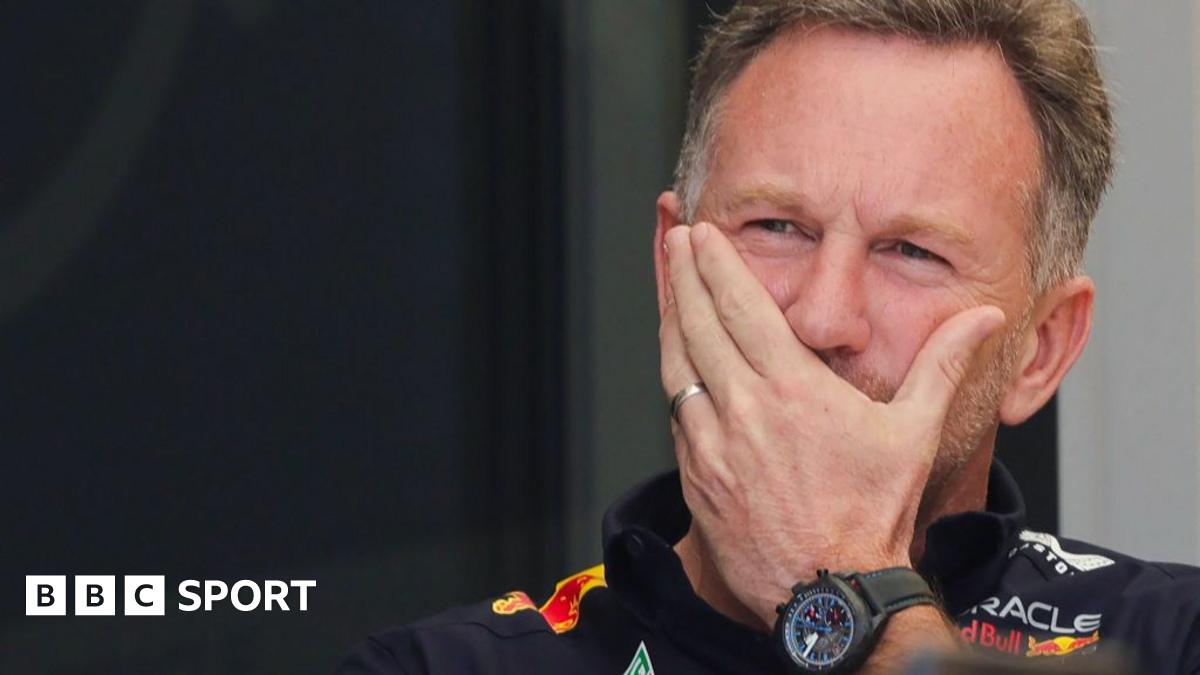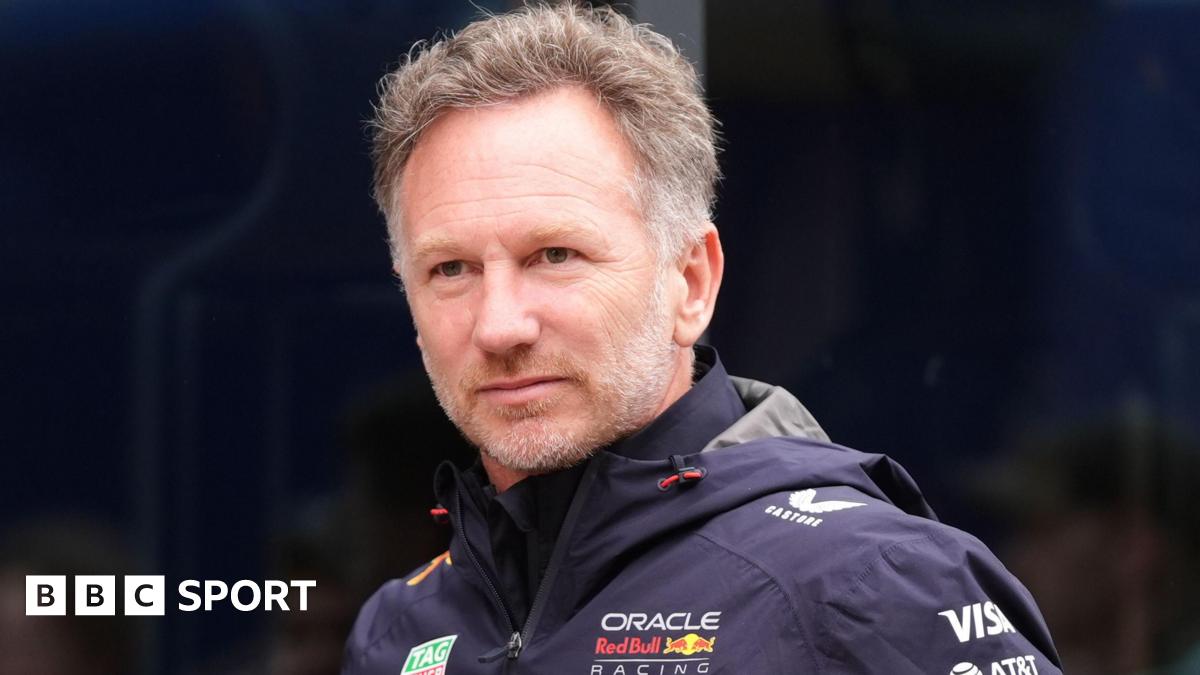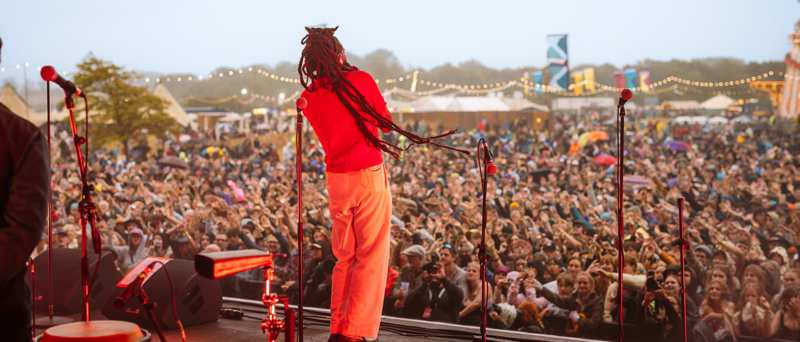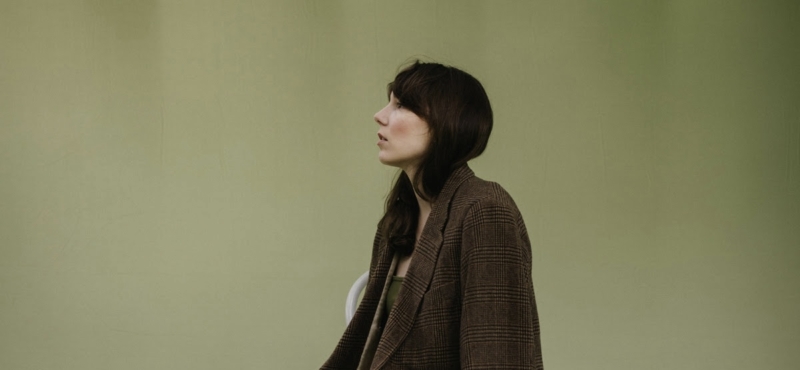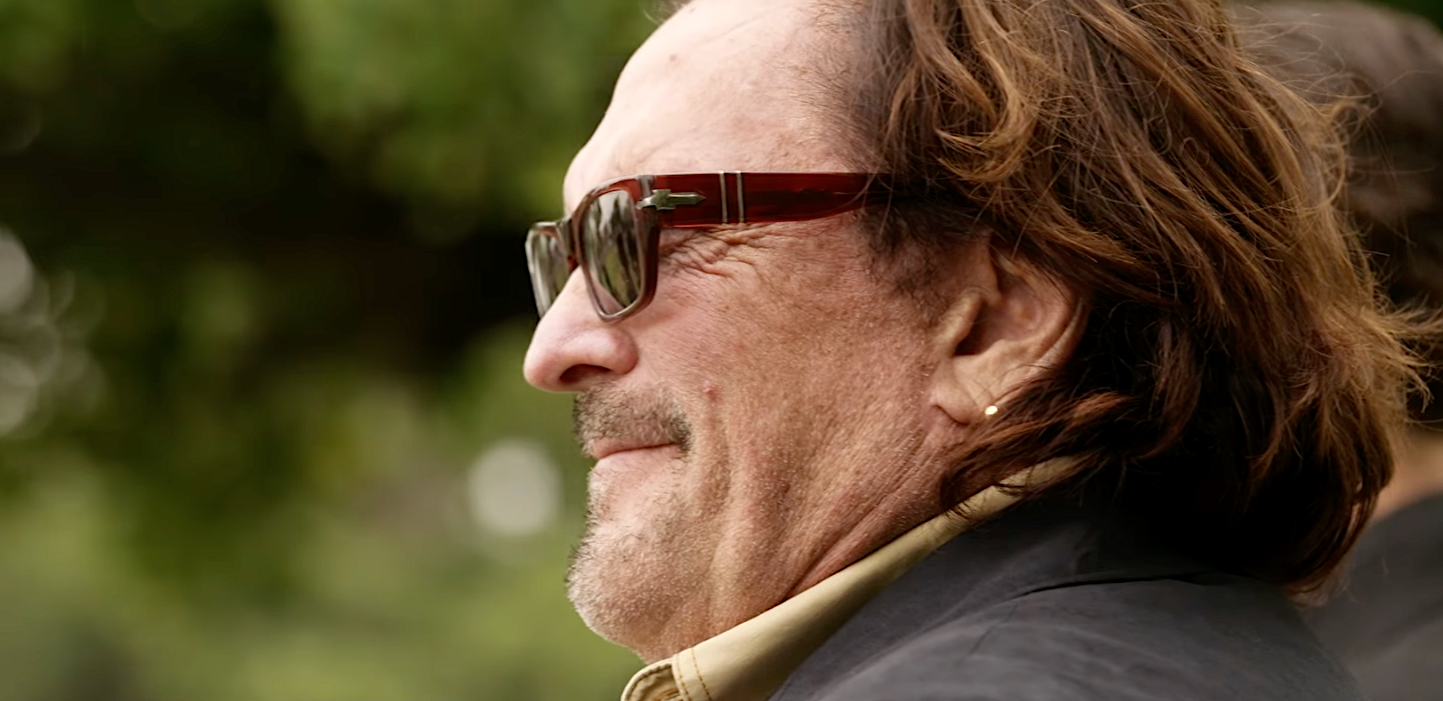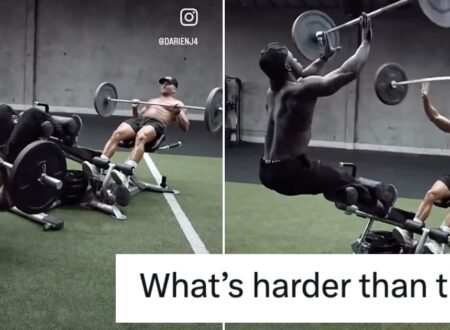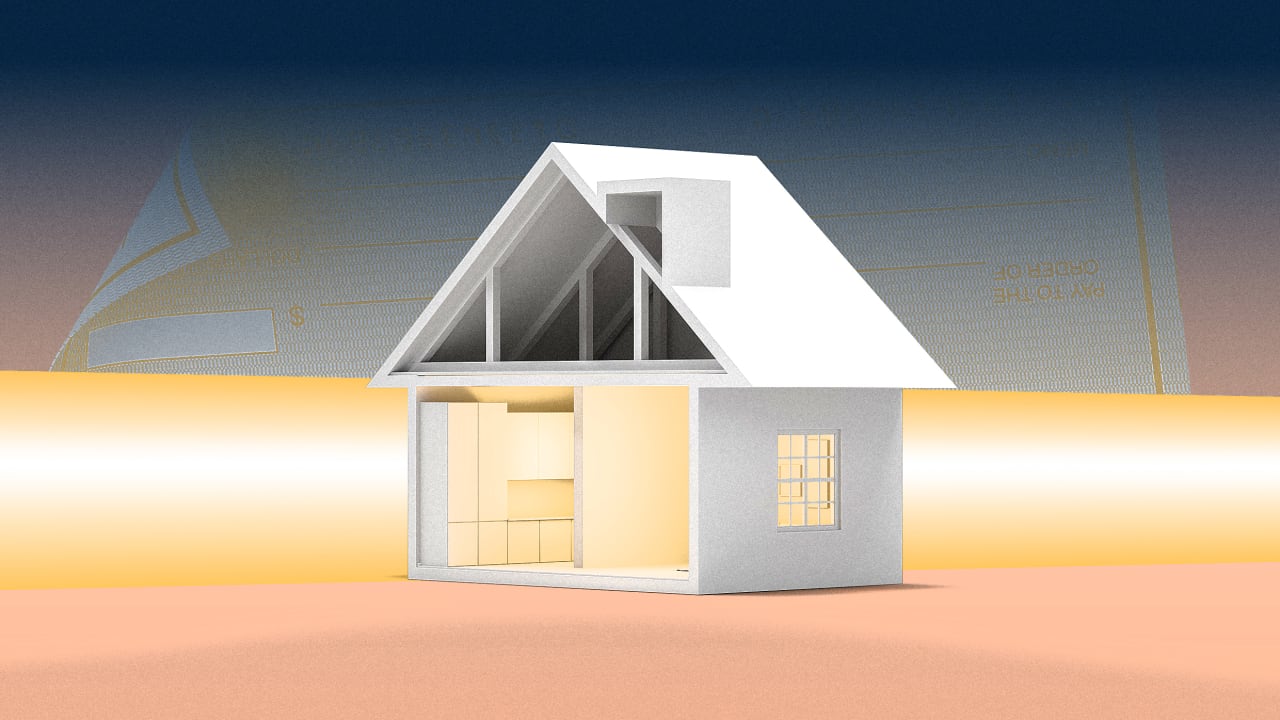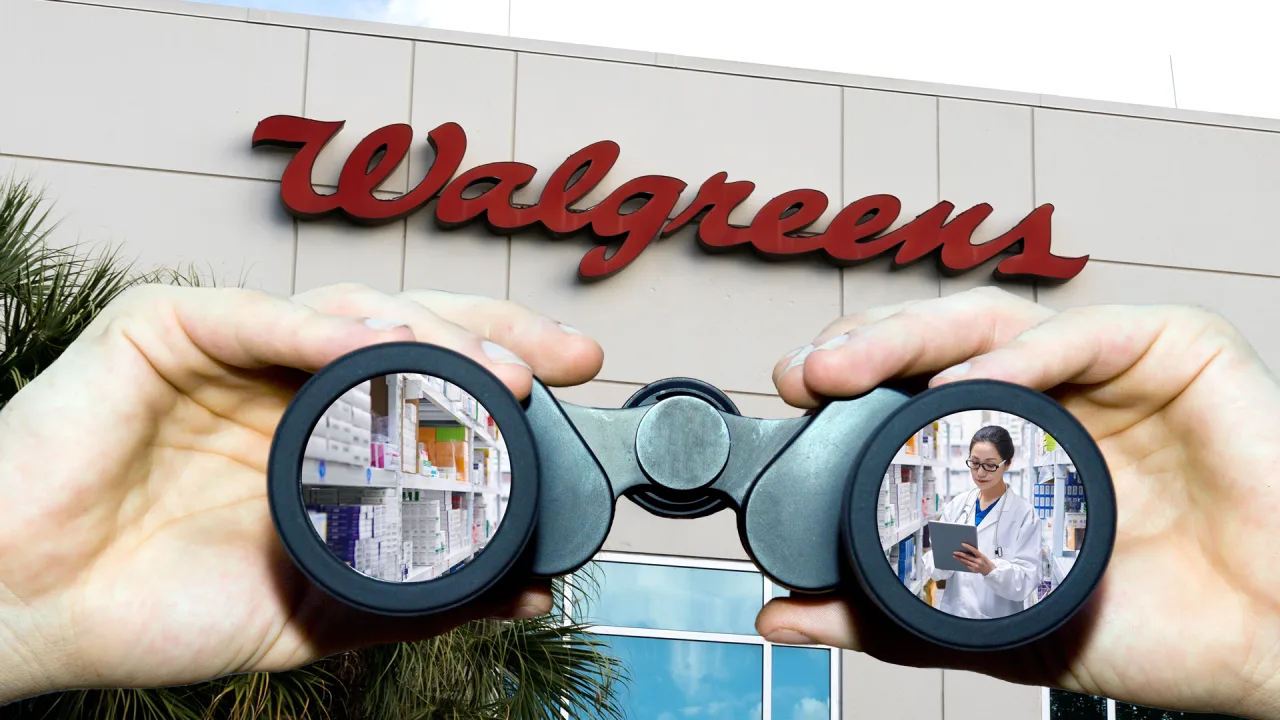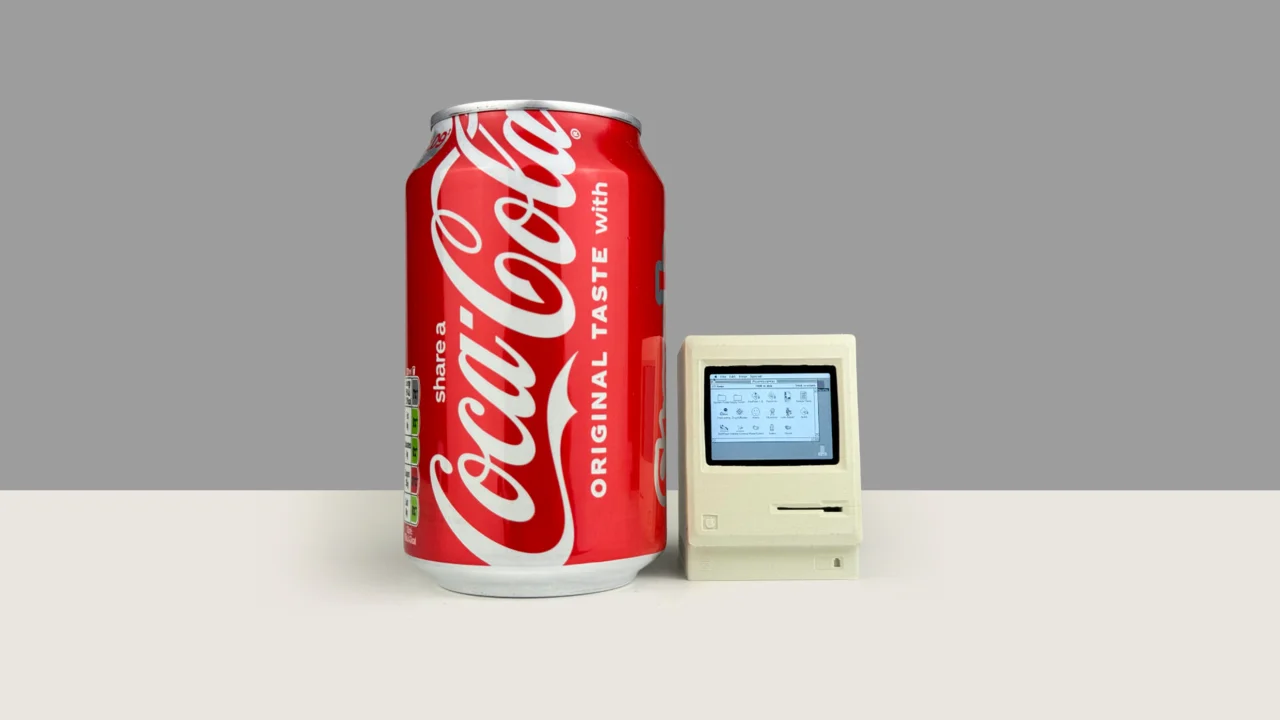3 ways for your city to reclaim its streets
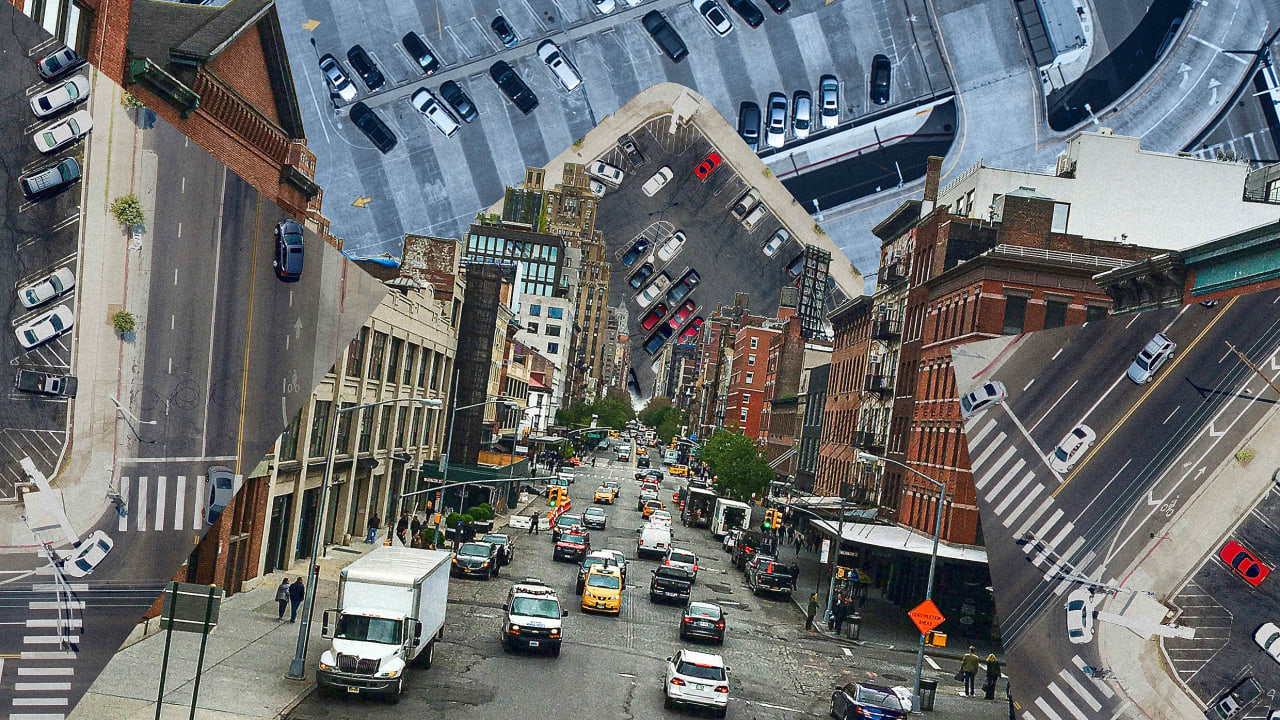
I’m a drummer with a soft spot for vintage snares. I own a few that rarely get played. They sound great and look even better, but they take up space. If I kept collecting more, I’d eventually have to give up something else: chairs, food, clothes, books, art. No matter how practical I claim these drums are, they’re bulky objects that sit idle for most of their life.
When it comes to city building, Americans struggle to apply that same basic interior design logic to personal vehicles. The magical thinking is that 10 pounds of Motordom can fit in a 5-pound bag.
Country living, suburban living, and city living are not interchangeable. You should be free to choose whatever suits you best, including the kind of vehicle you want to drive. But cities have a constraint that rural areas and the suburbs don’t—physical space. There simply isn’t enough room for every household to store multiple personal vehicles out front, let alone build the number of lanes so that everyone can drive in the same direction at the same time.
Automobile storage centers
Despite that physical reality, most American cities have been engineered as massive automobile storage centers. This isn’t a value judgment about driving. It’s a spatial critique. Cars are large objects that sit idle 95% of the time—and when cities prioritize motor vehicles over everything else, it’s inevitable that housing, parks, and commerce get squeezed out.
Every time a road is widened, space for people walking, rolling, and riding bikes shrinks. Intersections balloon, making crossings longer and more dangerous. Parking garages devour valuable land. Building cities around the automobile is an absurd and wasteful decision that leaves cities congested, expensive, and less livable.
The worst part is that it doesn’t even work. Expanding roads to “solve traffic” only invites more people to make trips they wouldn’t have made. (The wonky planning term is “induced demand.”) When you make solo driving easier, more people drive solo. The new lanes fill up, and the traffic jams return.
Places of exchange
Cities are places of exchange: goods, services, ideas, and relationships. That exchange requires space—not just for people to live, but to move, meet, flirt, play, rest, buy stuff, sell stuff, or just plain linger. Building cities around people—instead of machines—delivers places people want to be.
Like any interior designer knows, good design isn’t about cramming more furniture in an already-packed room. It’s about prioritizing what makes the space work for the people using it. Here are three proven strategies for applying that same mindset to your city’s public realm.
1. Stop forcing developers to build car storage.
Minimum parking mandates are among the most damaging policies in city planning. These rules require developers to build a set number of parking spaces regardless of context or market conditions. A local government might require 150 parking spaces for a 100-unit apartment building near high-frequency transit. The rulemakers don’t care if it’s easy to opt out of owning a car.
These mandates inflate construction costs, reduce housing supply, and crowd out other uses. Let the property owners decide how much parking makes sense. American cities already have abundant housing for cars.
2. Expand your view of pedestrians.
Frequent and reliable bus service is an “express sidewalk.” Think of bus routes as part of the walking network—an option you use when the weather’s bad, your bag’s heavy, or your legs are tired. That mindset shift helps normalize transit as a default mode of movement, not a last resort.
Engineering solutions like dedicated lanes and signal priority help keep the buses from being stuck in traffic. The more the bus feels like a moving sidewalk, the more people will choose it.
3. Make bike rides pleasant.
A connected bike network is one of the most cost-effective ways to increase mobility and reduce congestion. Especially now, with the rise of e-bikes, a 5-mile ride becomes a breeze even for older adults. E-bikes flatten hills, reduce sweat, and make iffy weather more manageable.
Build protected bike lanes that link destinations (residential areas, job centers, retail corridors, etc.). Build secure parking and charging stations for electric cargo bikes. Make biking the most attractive option for short trips.
Cities shouldn’t be treated like storage units for large piles of personal property. If you wouldn’t let stacks of idle drum kits block your kitchen, don’t let oversize metal boxes dominate your streets. Good urban design, like good interior design, serves the people who live there.
What's Your Reaction?
 Like
0
Like
0
 Dislike
0
Dislike
0
 Love
0
Love
0
 Funny
0
Funny
0
 Angry
0
Angry
0
 Sad
0
Sad
0
 Wow
0
Wow
0
